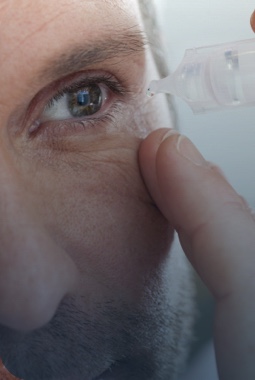Find Personalized Solutions for Your Vision
Regularly scheduled eye exams are essential for maintaining clear vision and healthy eyes. A complete eye exam will screen for vision problems as well as health concerns like glaucoma, diabetes, and high blood pressure.
By detecting early signs of eye disease or vision loss, we are able to address such issues before they become worse. Get help protecting your vision and eye health by choosing the team at The Eye Care Centre today.





















